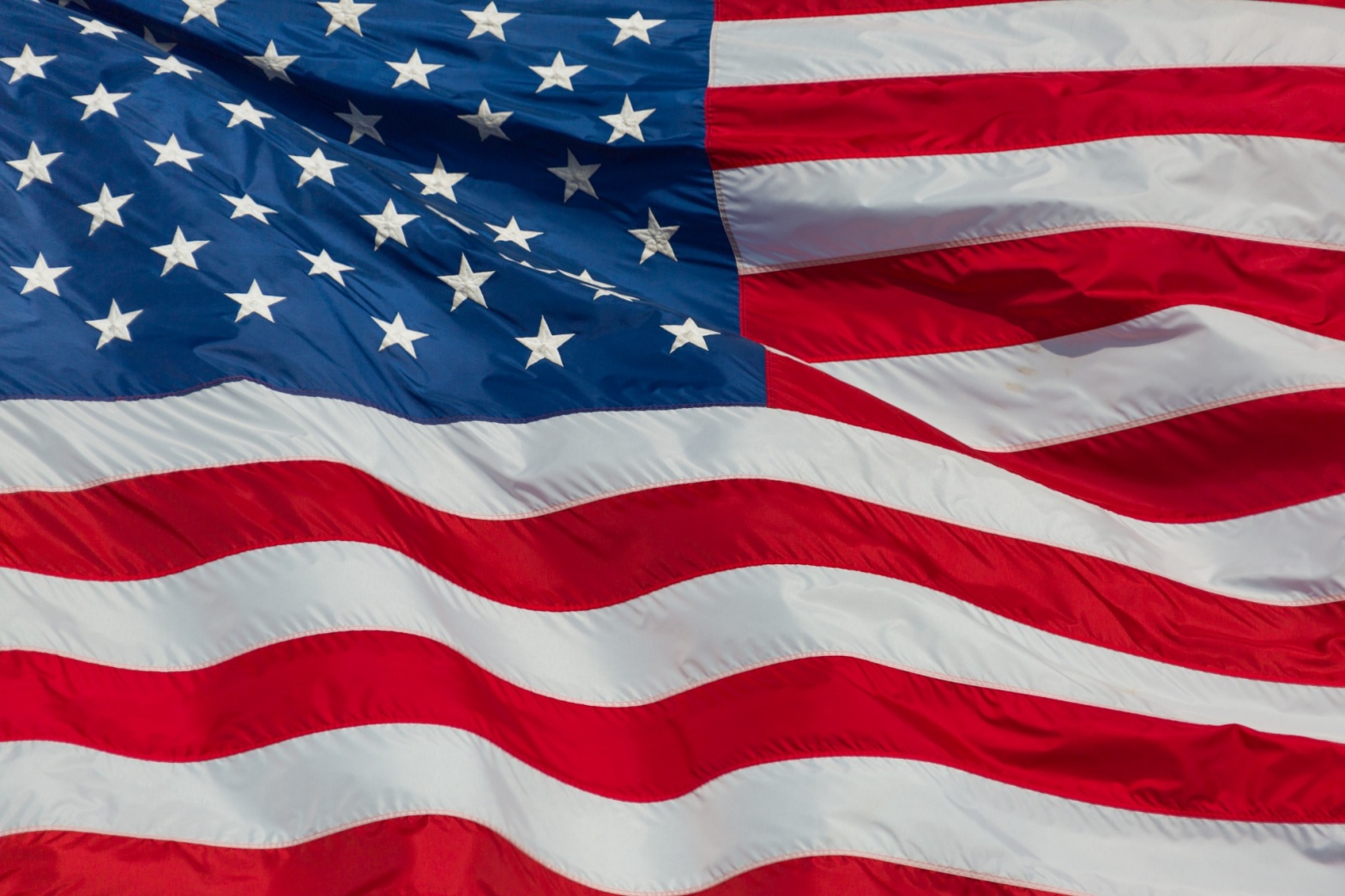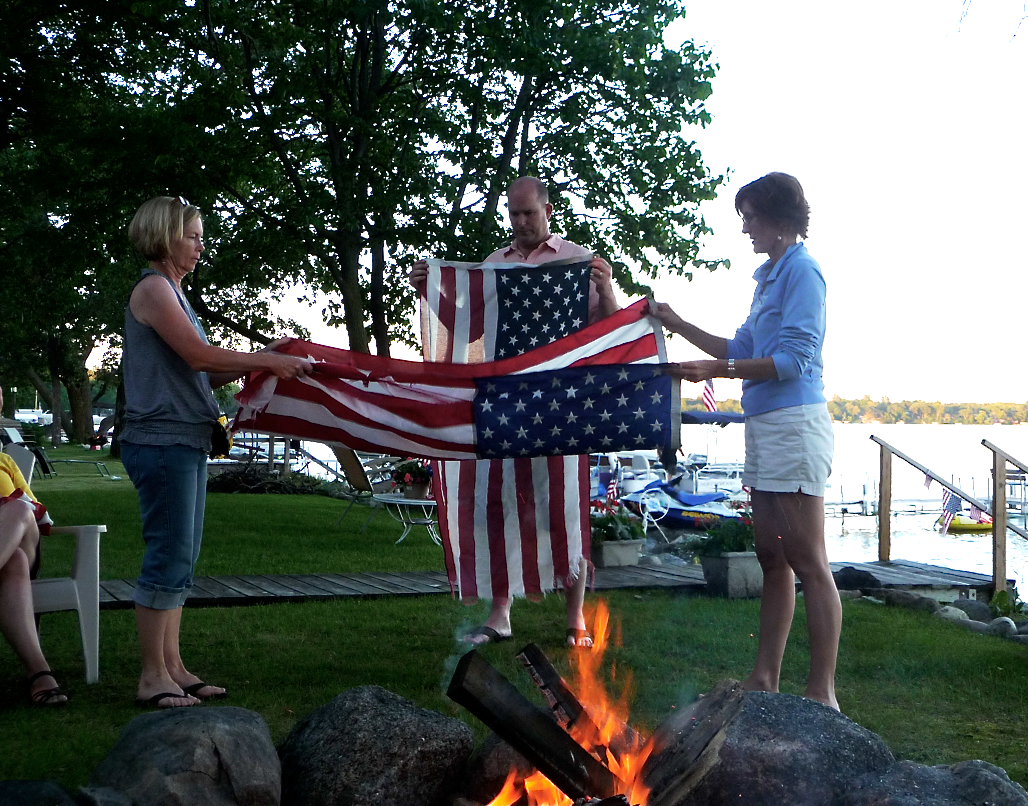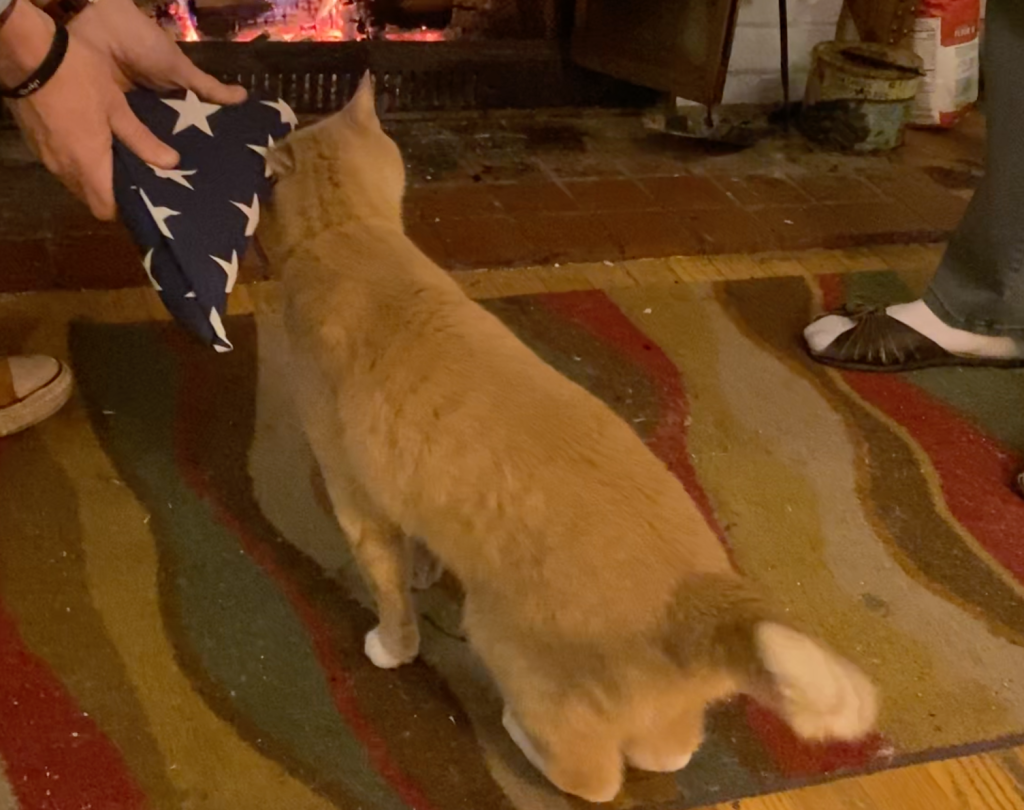I’m old enough that I held a job at 13 years of age. It was and is legal for children as young as 11 to work in New York, but the jobs a lot of kids my age got as their first mostly doesn’t exist any longer: delivering newspapers. There needs to be a certain density of subscribers to make delivering papers on a bicycle feasible, and I suspect that most of the people still getting home delivery had a subscription back when I was bringing papers to doors—and later knocking on those doors to collect the weekly bill.
The whole system depended on a bunch of young teenagers being responsible in many ways. My first route was for a morning paper. Around 4 a.m., the precise number of papers I needed were dropped at the end of my driveway. At thirteen years old, I got myself out of bed, got dressed, and biked around a route that covered about three miles before I got on the bus for school. Sunday editions required some assembly, with ad packages, leisure supplements, and the comics arriving a day or two in advance. Those were much thicker papers, and wouldn’t all fit in the milk crate that was secured to the front of my bike. Either I made several trips, or did the entire route on foot with a shopping cart full of papers stacked as high as my chin, and probably heavier than my eighth-grade frame when I started out while my father still enjoyed morning coffee. Fortunately, I had until eight to get those out. Thursday or Friday evening I would knock on every customer’s door and simply said, “Collect,” when it was opened. That’s what all of us said, and it’s what the kid delivering papers to our house had said for as long as I could remember, which was about three different kids. I kept track of what was owed in a little green book that I had to buy from my district manager out of my pay. As for that pay, I’d get a bill each week for the papers I’d delivered, and I had to leave that money out to be picked up on Saturday. What I was charged per customer was less than what they were paying, and most of them gave me a tip on top of that. I didn’t have a job; I was running my own business.
It all fell apart when I started high school: the start time was earlier, and the task of getting all those morning papers out without missing the bus became too much. After a month straight of getting to school late, my parents forced me to quit.
I was recruited to deliver a rival paper by a sweaty man driving a van in my neighborhood. I didn’t know the kid who had the route immediately before me, but I remembered it being someone with long, dark, straight hair. Evidently, that arrangement had ended, because when the driver of this van pulled over in front of my house, a kid my own age jumped out of the open side door and ran the afternoon paper to my door. That’s right, there was a paper that came out to be read over coffee or on the morning commute, and another that was printed with fresh news for people when they got home from work. The driver made eye contact, called me over, and asked if I wanted a job. I most certainly did, and I was given directions to a fenced-off lot on the main drag that I was pretty sure was vacant—and reminded to bring my working papers.
My parents must have realized that delivering after school was something I could handle, because they agreed to let me try again. (They apparently also had no problem with a sweaty stranger in a van asking their youngest child to report to a potentially vacant lot for a job, because I bicycled there myself.) For the second time, I got a route that included my own house. I again got the familiar green collection book, but everything else was a lot different. For one, this was no longer a solitary pursuit in the predawn darkness. I had to ride three blocks away to pick up my own papers, and there were tons of kids doing the same thing there. The lot I thought vacant was sandwiched between a body shop and a bank of stores that included a deli that this district manager—Mr. Ragusa, the sweaty fellow who’d recruited me from a van—sent a kid to to pick up lunch. It was mostly vacant, but for a trailer that was the center of the operation. The kid who got the boss lunch also helped with the distribution: getting there early, setting up the papers and supplements for each route, and helping get papers delivered when they were between delivery kids. Most of us had a turn being that assistant, and most of us only lasted a few weeks before someone else was tapped instead. It was a mini-hiring and -firing that didn’t affect having a route.
This route was all on my own street, which was straight as an arrow and probably no longer than three-quarters of a mile from end to end. I knew some of the customers already, but I realized I didn’t know very many people on my street at all. I was a kid, and anyone who didn’t have kids my age was invisible. That included one elderly couple who lived all the way at one end of the street; I knew and had played with their grandchildren since I was old enough to walk and talk, yet I’d no idea that these people existed before I started delivering papers to them. The family was Italian, and these grandparents who lived just a few houses from their adult child had certainly both been born in Italy. They both spoke with thick accents, I recall, and invariably butchered my name as they greeted me with boundless joy. I was sensitive and particular about how my name was spelled growing up, and I was vehemently opposed to a particular diminutive, but these people adding an extra syllable and doing something I couldn’t quite imitate with the ‘r’ never bothered me. Maybe I was just grateful I could understand them at all: I have always had a lot of difficulty understanding words presented differently, such as in singing, or in an unfamiliar accent. The only reason I was able to enjoy being in chorus is because I had a copy of the words to what we were singing; otherwise, I find it hard to bond with people over music because I can’t sing along. When it came to accents, I smiled and acted like I understood more than I did. I was not someone who wanted to draw attention to myself by asking questions, or to be accused of daydreaming because I asked a speaker to repeat those last three sentences. I still feel awkward when I have trouble understanding someone with an unfamiliar accent, especially since the problem is compounded by my fading hearing. I don’t like admitting that I don’t understand the words someone is saying, because it makes me feel stupid, or disrespectful. More recently, it can even be construed as racist. Since I often have these encounters, I have taught myself to be willing to admit that I’m struggling. I also make it a point to try to learn the pronunciation of names, but like those Italian neighbors of my youth, I find it difficult to reproduce sounds that I was never trained to hear in the first place. This was long before I learned in a college anthropology class that not long past infancy, humans lose the ability to distinguish subtle sound differences that aren’t common in languages they understand—which might be part of why it’s more difficult to learn a foreign tongue as an older person.
Hearing, as my audiologist reminds me regularly, is a function of the brain, not the ears.
Looking back through the lens of the 21st century, I believe I was witnessing assimilation in that Italian family. The grandparents were not white, but their children and grandchildren were. Italians were just another maligned group of brown-skinned immigrants not long before I was born, and my kindhearted elderly customers had surely endured as much discrimination as my own Greek grandfather. The metaphor that we were taught about this process in the United States was the “melting pot,” and we all wanted everyone to melt right in. What I now see as a transition to whiteness was undertaken not to “pass,” but to “become American.” It was a given to my younger self that everyone wants this, and that almost everyone could achieve it. No one ever explicitly taught me that this melting pot was generational, or that the goal was to breed out pesky cultural and melanin differences over time. Rather, I was taught that racism was a problem of a different time and place: it happened in the south, and only in the past, and it was terrible what happened to those people. Since good immigrants were the ones who worked hard to give their children the opportunity to fit in, the fact that there were entire communities of people who looked different and evidently did not fit in should have raised a lot of questions. Would have, if I’d been around anyone with an inclination to point them out, but no one in my circle as a child was having those conversations. I expect that real estate brokers would never have shown a house on my block to a black family, but apparently we were progressive enough to let in an immigrant couple with thick accents—at least since their white, American child lived on the same block.
It’s been a long time since I lived in that community, and it looks like the demographics have become even more extreme with time. 98% of residents there today are white, and the median income for men is more than 50% higher than it is for women. I grew up with one immigrant family on my block and one black student in my grade. I doubt the children there today have even that much diversity in their lives. This was never a community with racial deed restrictions like had been imposed in Levittown, 15 minutes away by car, but tradition carries a lot more weight than law in most human communities. Even if children growing up there today were running their own businesses at 13, and knocking on doors in the neighborhood asking for money, they still won’t be getting exposed to anyone with a different cultural background than their own. More’s the pity.








